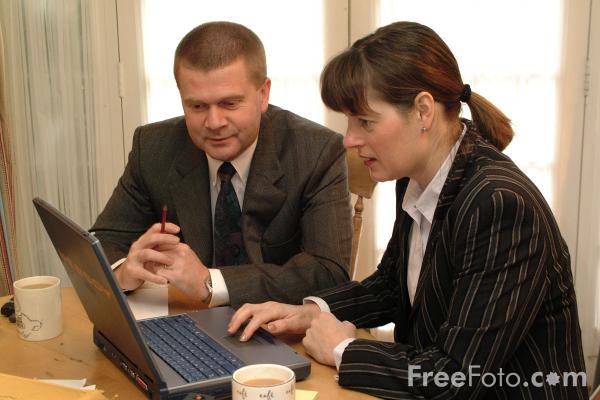I met with a client during the week. We have been spending time lately on his relationships with his team and peers. He felt that he had a good leadership style and quite an effective communication style. However he had been given feedback that he didn’t involve people and tended to go with his own ideas.
Over the time of our relationship, my client was able to provide a lot of information about his team members and that suggested to me that my client was a leader who was capable of using social as well as technical skills in his role. Research has found that competence in social skills accounts for the majority of difference between good and great leaders and yet few leaders develop this competence.
What do I mean competence in social skills?
Neuroscience has found that we are at our most productive, creative and innovative when we activate our prefrontal cortex. This region of the brain is responsible for these outcomes. It is also the region that enables us to trust, connect and engage with others. The more we interact with others, the more open we are and the more we innovate. Being social is not about being soft. It is about using the brains around us to create possibility.
I was pleased that my client had the capacity and inclination to develop these skills.
A leaders’ social competence shows up in their communication style. When they have high social competence their communication style develops trust with people and engages them. Their conversations are inclusive and open rather than judging and closed. Leaders with low social competence tend to be those who must be right and must have control. Their communication style tends to shut conversations down. These leaders do most of the talking and listen long enough to develop their next argument without consideration of what others are thinking. People around these types of leaders tend not to provide input, challenge or question. The feedback my client received suggested that this might be happening around him.
To get an understanding of my client’s behaviour I sat in on a few his meetings to observe his communication style. I counted up the amount of time he spoke vs the time he allowed others. I noted the types of questions he asked and the how he put his views and ideas forward. This type of assessment occurs often in the elite sports sector so that the athlete learns how and where they need improve their performance. Bringing this concept into leader development is a fantastic way for a leader to improve theirs.
My observations showed that my client did allow space for open discussion in meetings. However the big finding was how he tended to involve only a few of the members of his team in the conversations. We discussed this and he admitted that the people he involved most were the ones that thought like he did. He also said that when he did ask for input, some of his team simply referred the decision back to him. He said he found this frustrating.
My client is very keen to be a great leader and he understands that his greatest resource is his people. However he admitted he was reticent to change and improve his communication style as he believed that this might have a negative impact on his efficiency in delivering his KPI’s.
We discussed how this might look using a number of scenarios and with this my client decided on a model to experiment with. He wanted to have everyone’s input and believed this was very important. He was keen to find a better way to run the meetings.
We mapped out some questions that would encourage connection and input of everyone without it sounding too structured. My client was open to experimenting to find the best way to engage his people and still deliver. We spoke about the need to get feedback direct from his team which he was uncomfortable in asking for. I explained that this process provides a great opportunity to practice asking questions, listening to understand, and being non judgmental. It also shows courage and vulnerability which leaders need to have a healthy dose of. My client is still nervous about doing this so we will discuss again in another session.
So this is a work in progress for my client but I hope that this helps highlight how you can improve your communication style and become more inclusive and engaging.
If you would like to discuss your own communication style and how you can improve it, please send me an email and I will set up a time to catch up.


